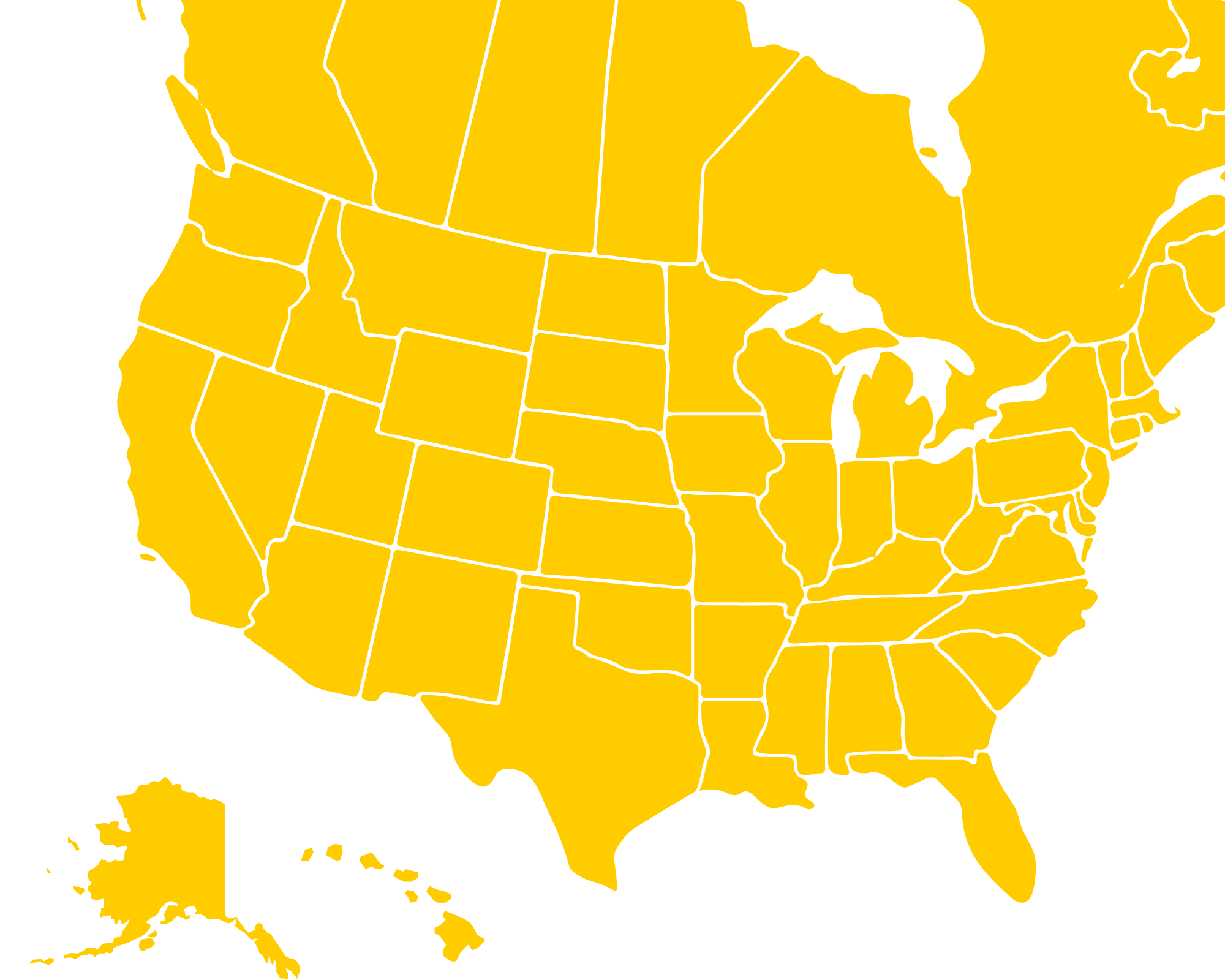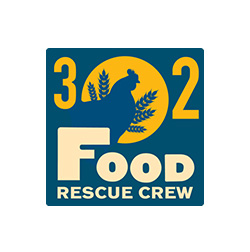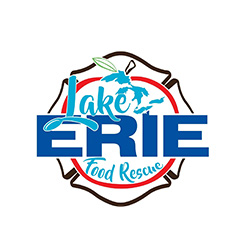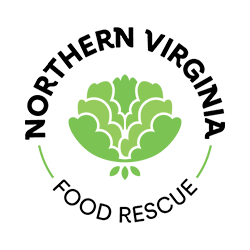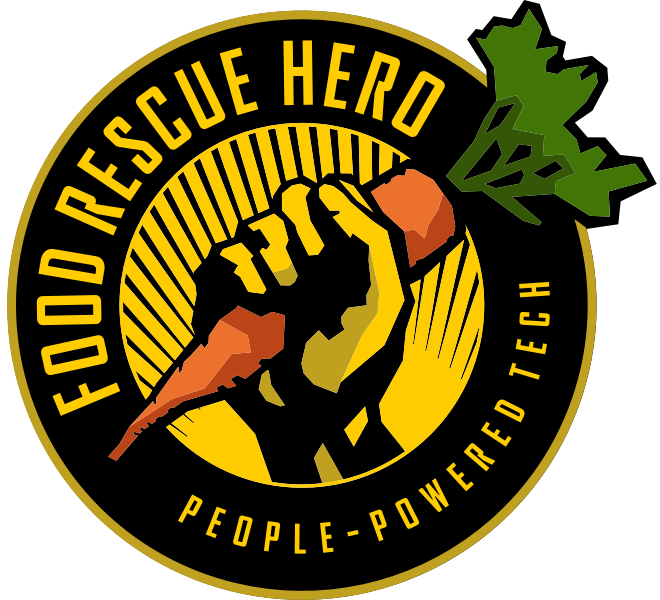Food Rescue Hero Partner Network
The Food Rescue Hero Network is a national community of food recovery peers who have adopted the Food Rescue Hero platform to measurably reduce food waste, food insecurity and impact climate change in their communities.
Joining the network means access to over a hundred peers working in food rescue who are all willing to share tip & tricks, their own solutions through trial and error, and guidance about niche road blocks unique to food recovery operations.


